|
I have a fondness for films whose first act keeps you wondering what the hell is going on. I'm not talking about those poorly constructed ones that leave you confused and frustrated by their messy writing and direction, but the ones that deliberately keep you guessing about just what is happening to the lead character and why. The horror genre is particularly good at these, and there's even a small but distinct subgenre whose stories all begin with an individual – or a small group of people who've never met each other before – waking up in an unfamiliar location with no idea how they got there. The thriller genre also has its share of "what's going on?" stories, which often start by introducing us to an individual and having him or her arrive by chance or design at a location they've never previously visited, where odd things start happening and neither they nor we have any idea why. One of the principal pleasures of such tales is trying to work out just what is behind all this oddness before our lead character is able to discover it for his or herself. Ministry of Fear is just such a tale, and if you're someone who enjoys playing this game and prefers to go into such a movie with absolutely no clues, then quit reading this now, read nothing else about it and go get this disc. To save you skipping to the extras I'll tell you up front that it's a terrific little thriller on a first-rate disc that is well worth forking out for. If you want to know why then by all means stick with me and I'll do my damnedest to avoid any serious spoilers.
There's plenty to enthuse about here, and the good stuff begins with the opening shot, a pull-back from a slowly ticking clock to reveal a man sitting motionlessly in a chair, his eyes on the clock and its steady pendulum swing. The room is swathed in ominous shadow and there are bars on the window, and if you had time to form an opinion you might assume that the man was awaiting his own execution. Then the door opens, and another man enters, smoking a pipe and calling the occupant of the room by his first name. As the clock strikes six, a look of satisfaction crosses the first man's face as he reveals to us that he is now a free man. Even as he leaves and bids his custodian farewell and a uniformed guard holds the spike-topped gate open, I assumed that he has just completed a stretch in prison. Only as he walks off does the camera move down to rest on the sign that reveals that this is the Lembridge Asylum. The man's name is Stephen Neale (played by Ray Milland) and it will be some time before we learn the reason for his incarceration. One thing's for sure, he seems fine now and is looking forward to returning to the bustle of London.
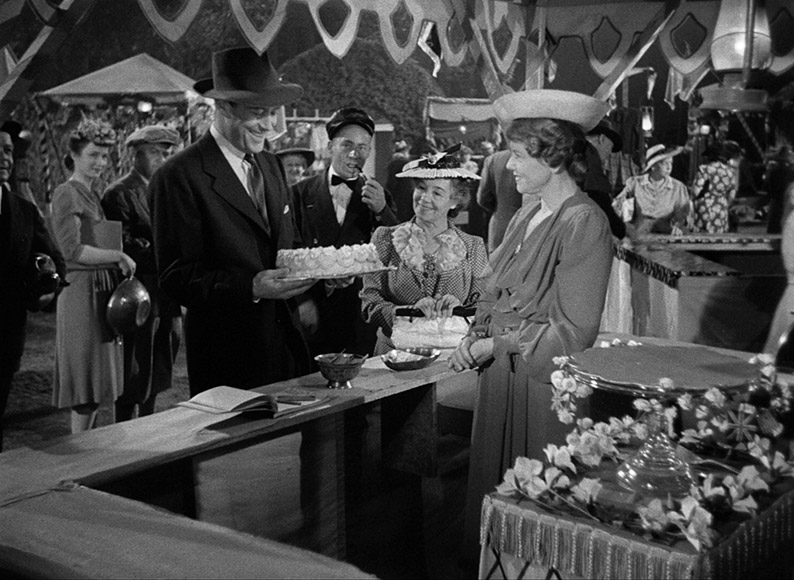
Stephen's first stop is the local railway station, a small halt manned by a single staff member and otherwise seemingly bereft of customers. Having bought his ticket, Stephen is drawn to the sound to a nearby outdoor social gathering, which the stationmaster reveals is a local fete. With his train not yet due, Stephen decides to pay the fete a visit, and here's where things really start to get odd. On the surface, this is everything an English countryside fete should be, or at least would have been back in the 1940s. Young children are gaily playing, adults are cheerfully chatting and there are stalls at which you can buy goods or try your luck in a raffle. One in particular is brought to Stephen's attention by the ebullient middle-aged woman who is manning it, offering him the chance to win a cake by guessing its weight. When Stephen happily agrees to give it a go, seemingly everyone is delighted by his decision. All very friendly then. Well, yes and no. Right from the off, there's something curiously disconcerting about this gathering. Everyone seems just a bit too friendly towards this newcomer, so much so that if this were a horror film I'd put money on him being a target for later communal sacrifice. But what really gives it an uneasy edge is that it's taking place at night, which together with the artificial air of its studio setting, gives the whole sequence an unsettling quality of a waking dream. Are we watching reality, or trapped inside Stephen's head? I began to suspect, just for a moment, that this was going to be one of those films that would end with the revelation that everything we have watched was the product of the still-confined Stephen's frenzied imagination.
In the interests of sidestepping spoilers, I'll not detail exactly what happens next, but will reveal that a mistake on the part of one of the stallholders ends up complicating Stephen's journey to London and sees him at one point abandoning the train, being shot at and nearly blown to bits in an air raid. He thus arrives at his destination determined to get to the bottom of a mystery he has inadvertently found himself embroiled in. To this end, he enlists the help of flaky middle-aged private detective George Rennit (Erskine Sanford), and later teams up with relentlessly upbeat Austrian siblings Carla and Willi Hilfe (Marjorie Reynolds and Carl Esmond) to investigate the possibility that the charity they run is being used by others as a cover for nefarious deeds.
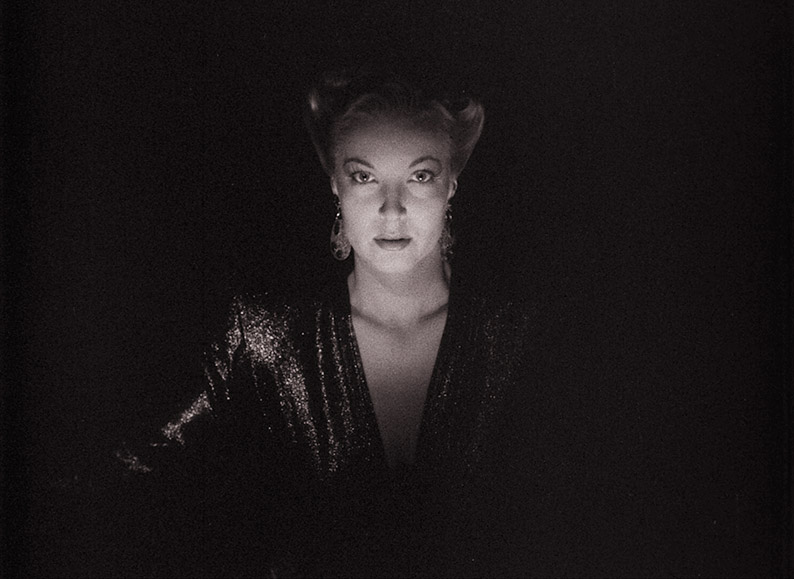
Given the year in which the film was made, you shouldn't have too much trouble guessing what's at the heart of this mystery (I managed to forget this and remained happily oblivious until sometime after the halfway mark), but even if you do, the mechanics of how Stephen uncovers this for himself is full of small delights and the odd absolute belter of a scene. The first and most visually striking of these takes place when Stephen is chasing a lead and ends up participating in a séance (it all makes sense in the film itself), where dimly-lit characters are isolated in a sea of darkness and the film briefly comes close to moving into the realms of gothic horror. An extraordinary scene it its own right, it also sings a hymn to the very specific beauty of black-and-white noir cinematography – try as I might, I just can't imagine this sequence working anything like as well in colour.
The film also plays some rather neat games with tradition-triggered expectations, wrong-footing us more than once over the still-too-common movie trope of saddling the villains with accents and nationalities that are different from our own, which keeps us and Stephen consistently on the hop and never quite certain just who his friends and enemies are. There is one notable exception, but by identifying him as a probable bad guy from the moment we meet him, Lang avoids having the audience second-guess his intentions on the basis of the casting – in the 1940s, if Dan Duryea (he's splendid here) walked into frame then it was usually only a matter of time before he did something nasty to the hero or heroine, however pleasant his surface demeanour might initially appear.
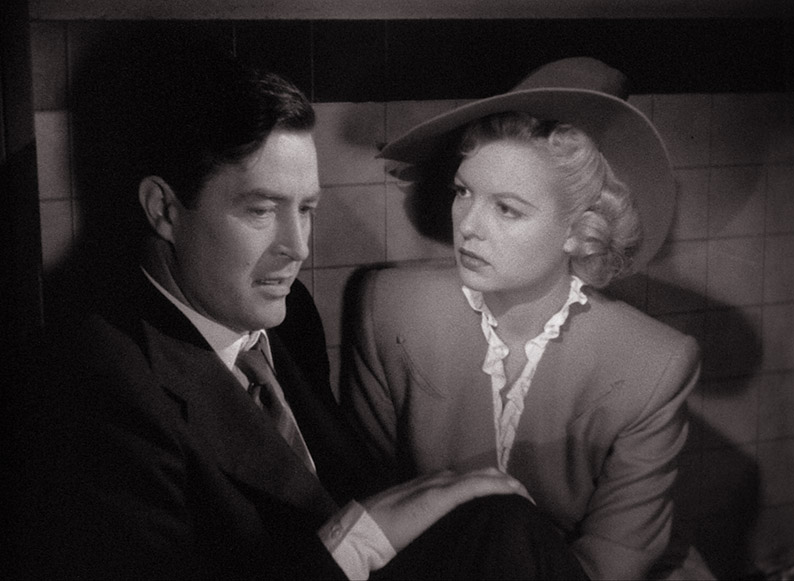
Ministry of Fear was adapted by Seton I. Miller – whose previous writing credits include The Adventures of Robin Hood, The Dawn Patrol and Here Comes Mr. Jordan – from the novel of almost the same name (there is a reason that the title of the book includes the definite article and the film title does not) by Graham Greene, who apparently disliked the film immensely, in part because of the changes made to his story. Director Fritz Lang was also curiously dismissive of the film and is reputed to have later even apologised to Greene in person for it. With all due respect to the considerable talents of these men, I have to side with the contributors to the special features on this disc and suggest that both were unfairly harsh about what remains a cracking noir thriller, one with enough effective twists to keep even alert first-timers guessing and whose brisk pacing and filmic economy ensure there's nothing even approaching a dull moment. An on-form Ray Milland brings a believable air of vulnerability to Neale, which is built on by Lang and cinematographer Henry Sharp, whose canny camera placement and expressionistic use of light and shadow can transform seemingly safe locations into potential danger zones and studio-built exteriors into sometimes striking dreamscapes. And while this adaptation does soften elements of Greene's darker and more complex novel and lacks the socio-political depth and ground-breaking cinematic technique of Lang's more celebrated work, as a pure film entertainment, I'd say it's up there with his American best.
One thing that any decent transfer of a noir thriller demands is that the blacks are consistently solid, and on this 1.37:1 2K remaster from Universal they're dark enough to pull in nearby planets, but not crushed to the level where they harm the surrounding shadow detail. Indeed, the contrast is very nicely graded here, something particularly evident in the brighter scenes. Detail is sharp and clearly defined, a fine film grain is visible, and the restoration has taken care of any dust spots and traces of damage and locked the image in frame so that there is no errant movement or jitter. Very nice.
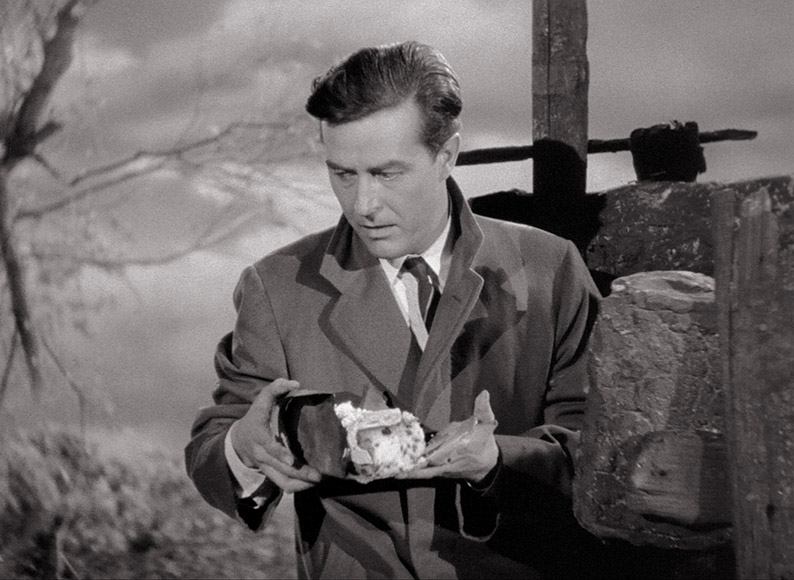
The Linear PCM 1.0 mono trace is clear within the expected range restrictions (no real bass and a slight treble bias), and there's no background hiss or other traces of wear. Again, a solid restoration job.
Optional English subtitles for the deaf and hearing impaired have been included.
The BFI Interview with Fritz Lang (79:25)
This is a bit of a find, an audio recording of a Q&A with Fritz Lang, recorded after a screening of Metropolis at the National Film Theatre in London on 8 January 1962 in what sounds more like a medium-sized room than the auditorium in which such discussions usually took place. Particularly intriguing is the statement made up front by the host Stanley Reed that everything said here is confidential and that anyone planning to write an article based on what is said here should submit it to Mr. Lang for approval before publication. Lang himself is a delightful and often witty interviewee, and answers questions frankly on the difference between the German film industry today and the UFA days, the role of violence in his films, the problems of shooting for television ("We are not directors any more, we are traffic cops" a friend who worked in the medium told him), sourcing his script ideas from true-life stories, and a whole lot more. He makes his opposition to censorship clear, reveals that M the film he is most satisfied with, and while he loved Fellini's La Dolce Vita, he has no time at all for Antonioni's L'Avventura, and even claims it has no reason to exist. A terrific extra.
Selected Scenes Commentary with Neil Sinyard (35:14)
Film Scholar Neil Sinyard provides a useful and perceptive analysis of the film's many positive qualities and passes comment on specific sequences. Elements highlighted include the opening sequence (which Sinyard describes as "superb"), how events are viewed almost exclusively from Stephen's perspective, the séance scene, the cast, the Kafkaesque atmosphere, the idea that the film is an essay in fear, and more. If this played as a regular commentary there would be an impossible amount of dead space to navigate through, but Indicator appear to have used branching to skip past the scenes under which Mr. Sinyard is not talking, hence the 35-minute running time.
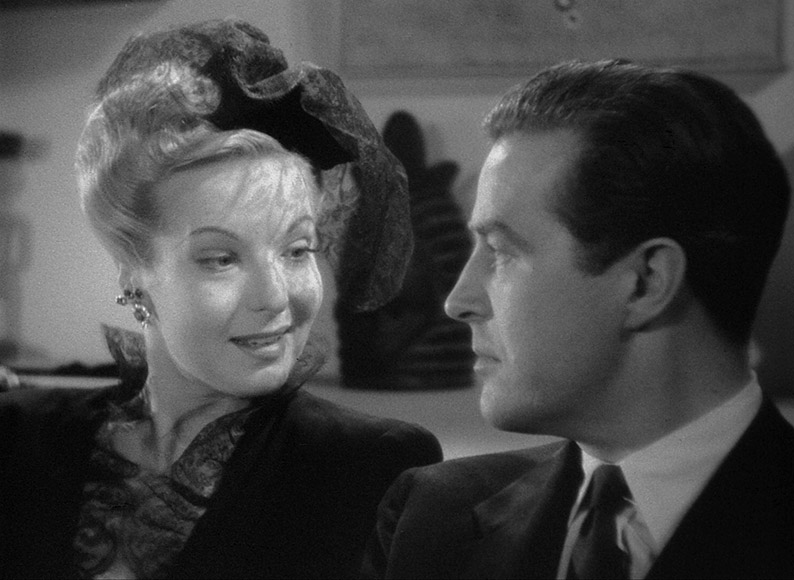
Between Two Worlds (20:53)
A newly filmed interview with film historian and Asian cinema expert Tony Rayns, who discusses the film's as it its within Lang's oeuvre and identifies it as the one that bridges the gap between his German and his American films. He discusses its noir and psychodrama elements, its dreamlike feel and its similarities to other Lang films whose titles I can't reveal without triggering a spoiler alert. It's typically fine stuff from Rayns and different enough in content and scope to avoid serious crossover with the other extras here.
Creative Allies (24:51)
Adrian Wootton, author of The Films of Graham Greene and CEO of Film London, delivers an educational and thoughtful appraisal of the film, specifically as an adaptation of Graham Greene's novel, as well as Greene's open disdain for most screen interpretations of his work. Like all of us, it seems, he loves the film's séance sequence (even Lang was happy with that), describes the film as an underrated and neglected work and suggests that Lang's and Greene's antipathy towards it contributed to this. Another fine inclusion.
Theatrical Trailer (2:08)
A less than inspiring trailer that initially pushes the film as a horror tale built around madness and evil hypnosis and which has spoilers for a couple of the more effective surprises.
Image Gallery
24 slides of press photos (the first of which kind of gives the game away if you're going in completely cold) and posters.

Booklet
After the usual credits for the film itself, the booklet opens with a dissection of the film by associate editor of Diabolique magazine and co-host of the Daughters of Darkness podcast Samm Deighan, one so detailed and fascinating that were it not for the pressure of time and my analysis-killing promise to avoid spoilers would have prompted me to scrap my own comparatively anaemic coverage above and start again. This is followed by extracts from interviews with and reviews written by Graham Greene relating to Fritz Lang and Ministry of Fear. Next is a sprinkling of excerpts from articles that were supportive of Lang during a period of American history when having a German accent could be something of a handicap, after which there are snippets from interviews and magazine pieces concerning Lang and the making of this film. Finally, we have a number of contemporary critical reviews, most of which find good things to say about the film.
Not completely faithful to Graham Greene's original perhaps, but Fritz Lang still crafts a gripping, entertaining and sometimes dreamlike noir thriller out of his strong source material, aided by some excellent camerawork, an unsettling use of silence, a solid lead performance and a deliciously cast collection of colourful villains. Another first-class transfer from Indicator is backed some terrific special features. Highly recommended.
|